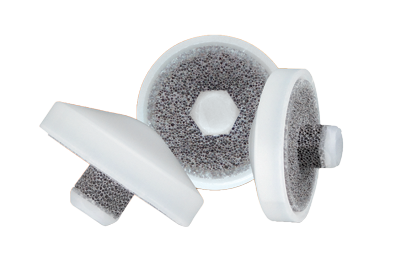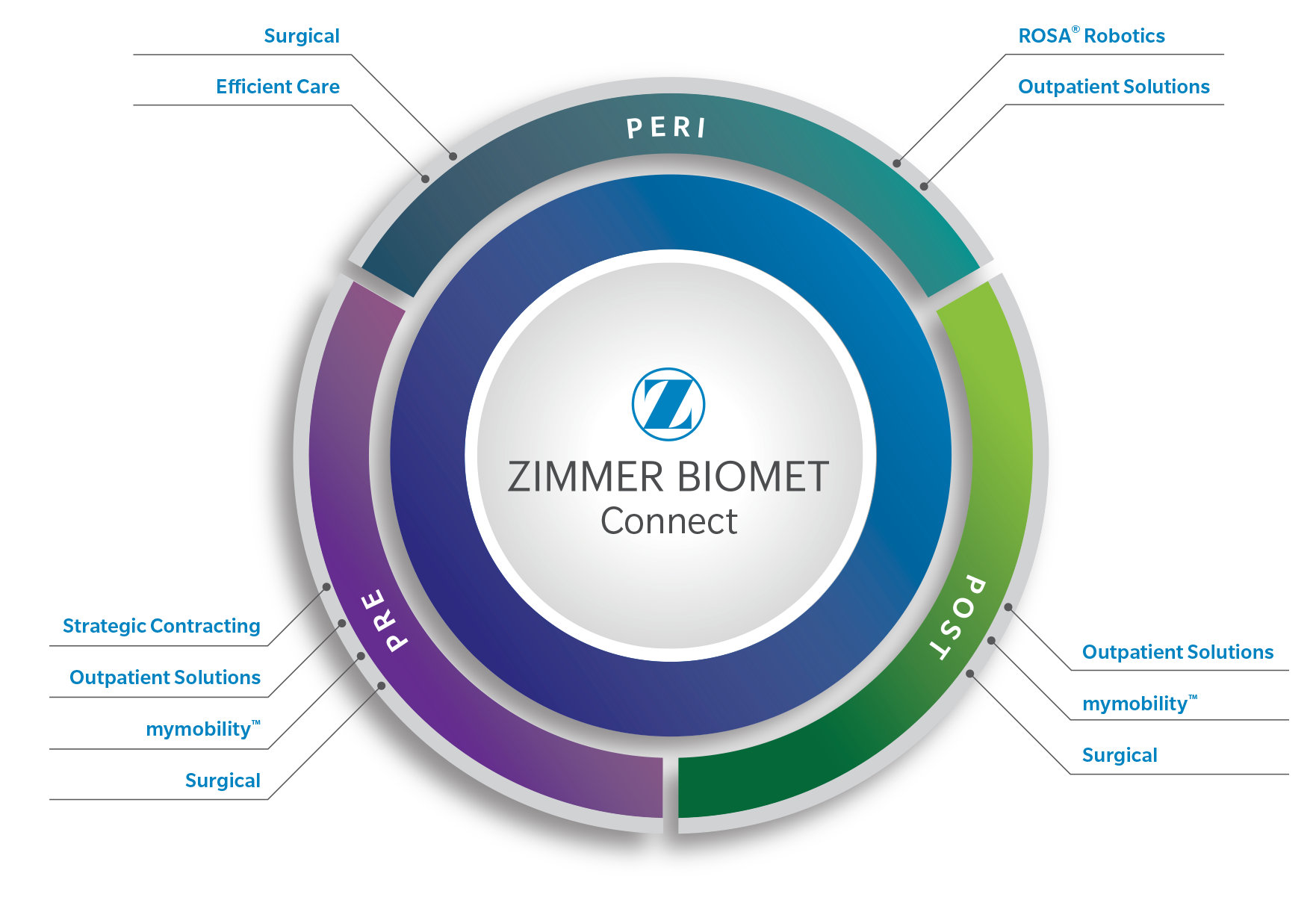The Zimmer NexGen Trabecular Metal Material Primary Patella—a porous patella. A biomaterial structurally similar to cancellous bone, Trabecular Metal Material has up to 80% porosity and physical and mechanical properties very similar to bone. No competitive product on the market today offers a material that compares to it in these respects.
The Zimmer NexGen Trabecular Metal Material Primary Patella mimics the shape of the NexGen Patellar Groove in mid-to-deep flexion. This optimizes the patello-femoral contact area, where stresses on the patella are the highest. In addition, the NexGen Primary Porous Patella possesses a metal backing with low stiffness, which may further minimize stresses.
The Monoblock Trabecular Metal Patella is a one-piece construct. It retains the articular geometry of the current NexGen All-Poly Component and therefore is compatible with all NexGen Femoral Components. The base is manufactured from Trabecular Metal Material and then polyethylene is directly compression molded from powder into the pores of the Trabecular Metal, resulting in a 1-piece monoblock construct.
The direct compression molding of the poly into the pores of the Trabecular Metal Material base minimizes the potential for the poly disassociating from the Trabecular Metal Material base. The weakest link of this construct is the actual shear strength of the poly itself.





